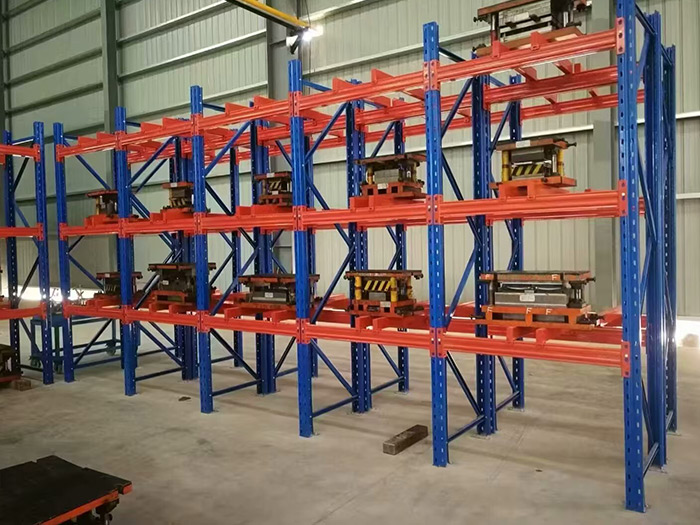Unveiling the Layers: Distinguishing Between Structural and Non-Structural Plywood
4 min readWhen it comes to woodworking and construction, plywood is a versatile material that plays a crucial role in various applications. However, not all plywood is created equal. Understanding the difference between structural and non-structural plywood is essential for ensuring the integrity and longevity of your projects. This article delves into the characteristics, applications, and key distinctions between these two types of plywood, providing you with the knowledge needed to make informed decisions.
Understanding Plywood: A Brief Overview
Plywood is an engineered wood product made from thin layers of wood veneer, known as plies, that are glued together. The arrangement of these layers is crucial, as it affects the plywood's strength, durability, and overall performance. Plywood is categorized into two main types: structural and non-structural, each serving distinct purposes in construction and woodworking.
What is Structural Plywood?
Structural plywood is designed to bear loads and withstand significant stress. It is manufactured to meet specific performance standards, making it suitable for applications where strength and stability are paramount. Here are some key characteristics of structural plywood:
- Load-Bearing Capacity: Structural plywood is engineered to support heavy loads, making it ideal for use in floors, roofs, and walls. It is often used in applications where structural integrity is critical.
- Grade and Standards: Structural plywood is graded according to its strength and performance characteristics. Common grading standards include the American Plywood Association (APA) ratings, which classify plywood based on its structural performance.
- Durability: This type of plywood is often treated to resist moisture, decay, and insect damage, enhancing its longevity in demanding environments.
- Applications: Structural plywood is commonly used in construction projects, including residential and commercial buildings, bridges, and other infrastructure. It is also used in furniture making where strength is a priority.
What is Non-Structural Plywood?
Non-structural plywood, on the other hand, is not intended for load-bearing applications. It is typically used in situations where aesthetic appeal or lightweight properties are more important than structural integrity. Here are some defining features of non-structural plywood:
- Lightweight and Flexible: Non-structural plywood is generally lighter and more flexible than its structural counterpart, making it easier to handle and work with.
- Lower Grading Standards: This type of plywood does not have to meet the same rigorous performance standards as structural plywood. It is often graded based on appearance rather than strength.
- Applications: Non-structural plywood is commonly used for interior applications such as cabinetry, wall paneling, and decorative projects. It is also used in crafts and DIY projects where weight and aesthetics are more critical than load-bearing capacity.
Key Differences Between Structural and Non-Structural Plywood
To effectively differentiate between structural and non-structural plywood, consider the following factors:
- Purpose and Application: The primary distinction lies in their intended use. Structural plywood is designed for load-bearing applications, while non-structural plywood is used for decorative or lightweight purposes.
- Grading and Standards: Structural plywood adheres to strict grading standards, ensuring it can withstand specific loads and stresses. Non-structural plywood, however, is graded based on appearance and does not have to meet the same performance criteria.
- Material Composition: Structural plywood often uses higher-quality veneers and adhesives that enhance its strength and durability. Non-structural plywood may use lower-grade materials, making it less robust.
- Cost: Due to its enhanced performance characteristics, structural plywood typically costs more than non-structural plywood. When budgeting for a project, it's essential to consider the long-term benefits of investing in structural plywood for load-bearing applications.
Making the Right Choice
When selecting plywood for your project, consider the following steps to ensure you choose the right type:
- Assess the Application: Determine whether your project requires load-bearing capabilities or if it is primarily decorative. This assessment will guide your plywood selection.
- Check Grading Standards: Familiarize yourself with the grading system applicable to plywood in your region. Look for APA ratings or other relevant certifications that indicate the plywood's structural integrity.
- Consider Environmental Factors: If your project will be exposed to moisture or harsh conditions, opt for structural plywood that is treated for durability. Non-structural plywood may not withstand such environments.
- Consult Professionals: When in doubt, consult with construction professionals or suppliers who can provide insights into the best plywood options for your specific needs.
Conclusion
Understanding the difference between structural and non-structural plywood is vital for anyone involved in construction, woodworking, or DIY projects. By recognizing the unique characteristics and applications of each type, you can make informed decisions that enhance the quality and longevity of your work. Whether you’re building a sturdy framework or crafting a beautiful piece of furniture, choosing the right plywood will ensure your project stands the test of time.



